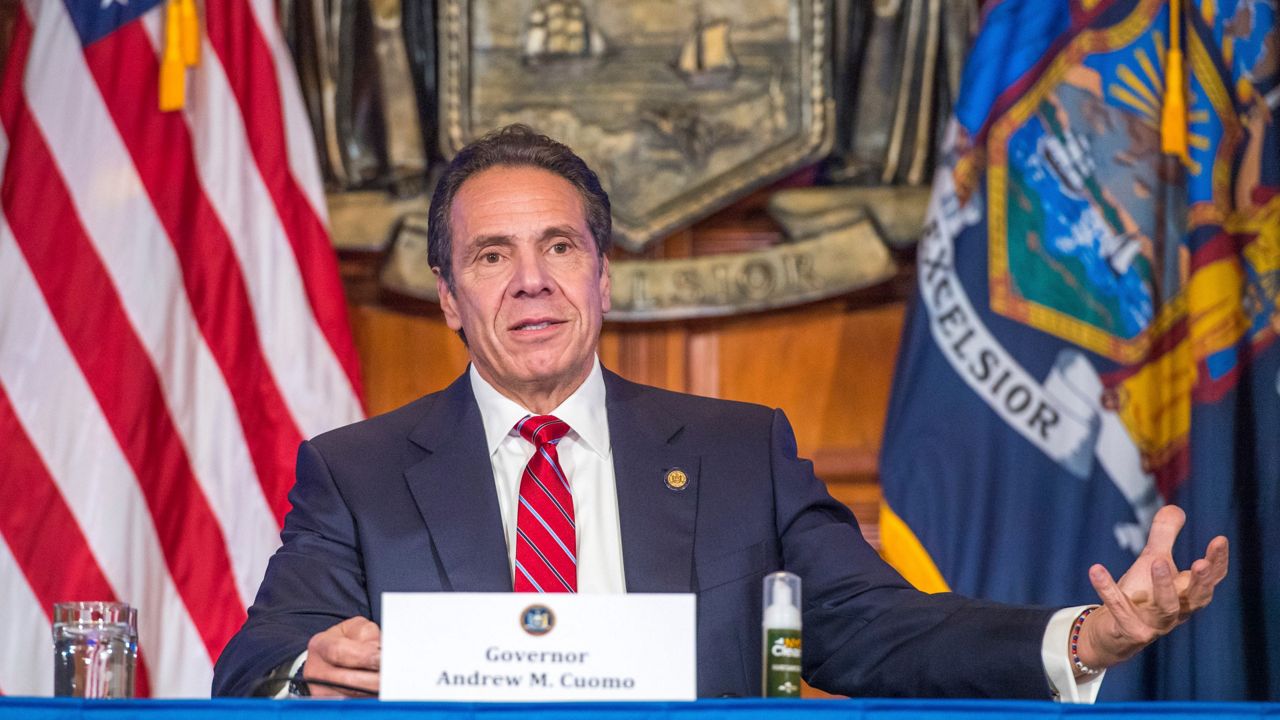While there are specific policies to listen for in Governor Andrew Cuomo’s State of the State address today, there’s really only one overriding issue to pay attention to: what the governor says about his expectations regarding relief money from the federal government.
All other issues, from education to healthcare to energy will be informed by that single expectation of cash; without it, the governor’s agenda will be gloomy.
Of course, his expectations could also be too optimistic, which is much more likely.
As you know, Cuomo made a big bet on a Democratic U.S. Senate, and it could pay off.
There’s no doubt that it will be much easier for a Democratic Congress and executive to come to a deal on federal relief than it had been for Republican Senate Majority Leader Mitch McConnell, Democrat Speaker of the House Nancy Pelosi, and populist President Donald Trump.
But if the governor signals that he’s banking on the federal government to cover most of the state’s budget gap, he will likely be disappointed. Cuomo delivers his State of the State address, virtually, at 11:30 a.m. from Albany.
The gap is currently $14.9 billion, with an update coming with the release of the executive budget, which is due by Jan. 19. And the out-year gaps are much larger.
The last time the state faced such a stark fiscal landscape was in 2009 when the Great Recession grabbed hold of the nation like vice. In January of that year, Governor David Paterson was looking down the hole at a $13.7 billion shortfall.
He presented a plan to reduce the deficit and raise taxes – cutting state jobs and agencies; reducing school aid; and implementing tuition increases for CUNY and SUNY, among other strategies.
To raise revenue, the state implemented a series of taxes and fees, including a tax on “millionaires” which actually hit taxpayers earning $250,000/year.
That same year in Washington, new President Barack Obama faced the very same Congressional dynamic that President-elect Biden faces in 2021: a Democratic Congress, but one with very little room to maneuver.
When Obama signed the $787 billion American Recovery and Reinvestment Act (ARRA) in February of 2009, three Senate Republicans were required to cross the aisle and ensure passage.
Biden’s Senate is even more closely divided than Obama’s was. Biden may not need any Republicans, but he will need Representative Joe Manchin, a conservative West Virginia Democrat who, on Friday, had already put the kibosh on $2,000 stimulus checks to individuals.
It’s not yet clear if the next stimulus package will more or less than the ARRA, which netted New York about $12 billion in total, but only served to off-set 28% of the state’s budget shortfall.
What is clear, is if the next stimulus falls short, there are plenty of new Democrats in the legislature who are eager to raise taxes.


